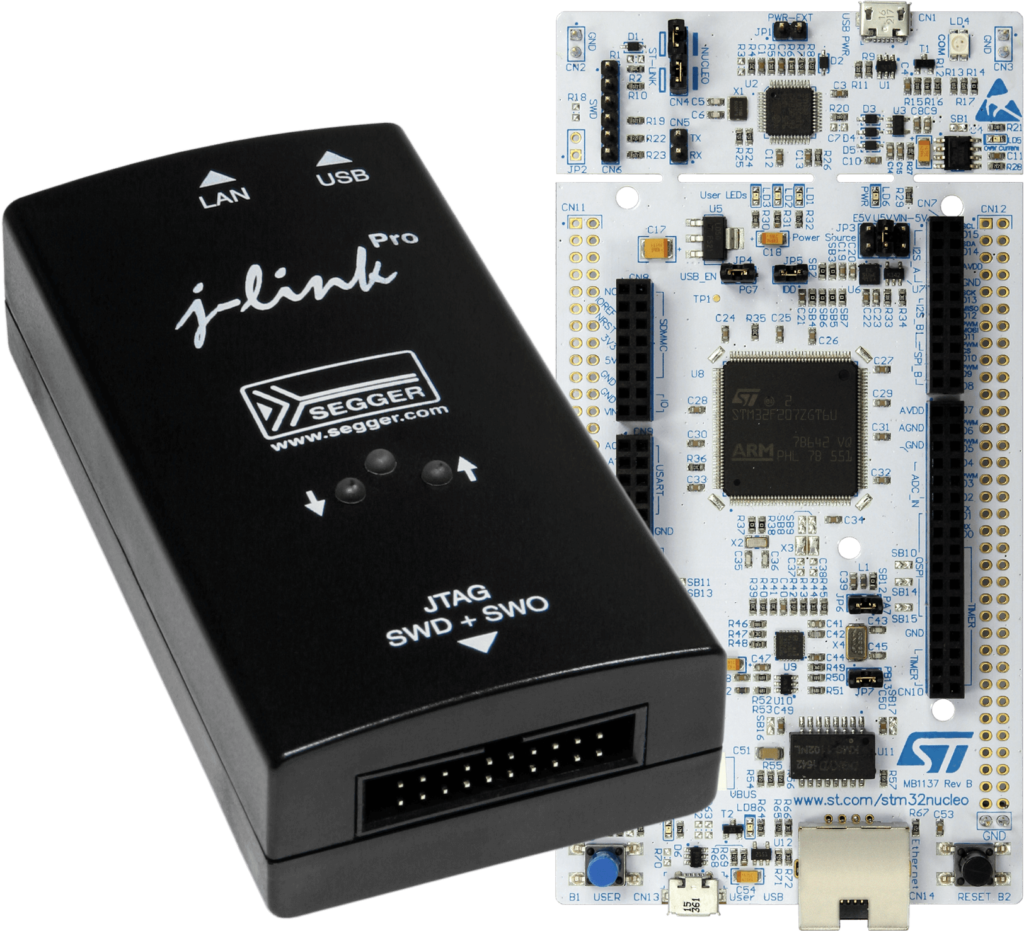
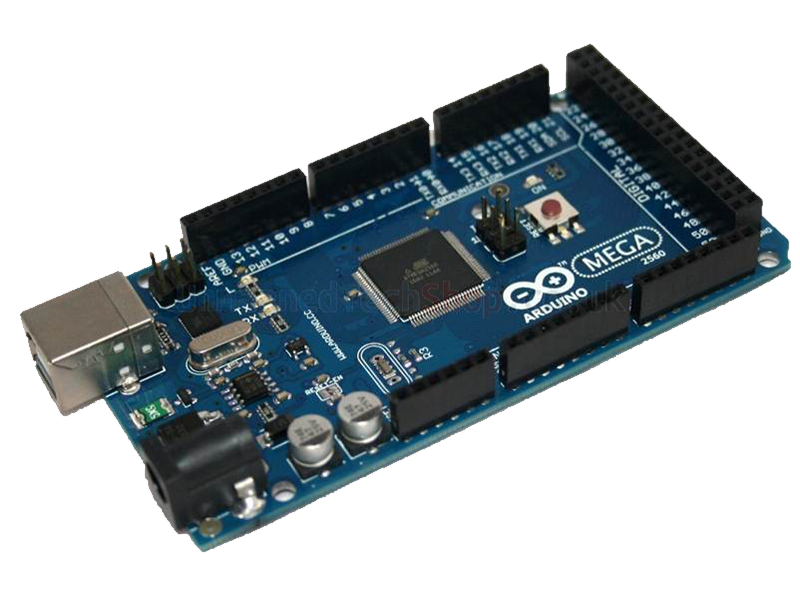
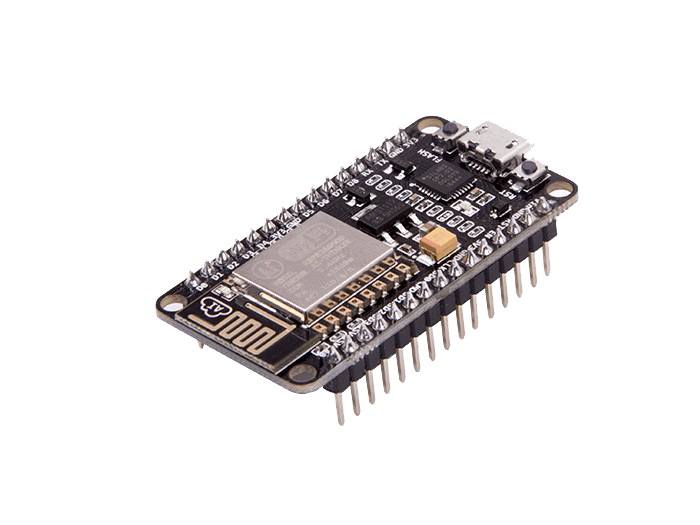
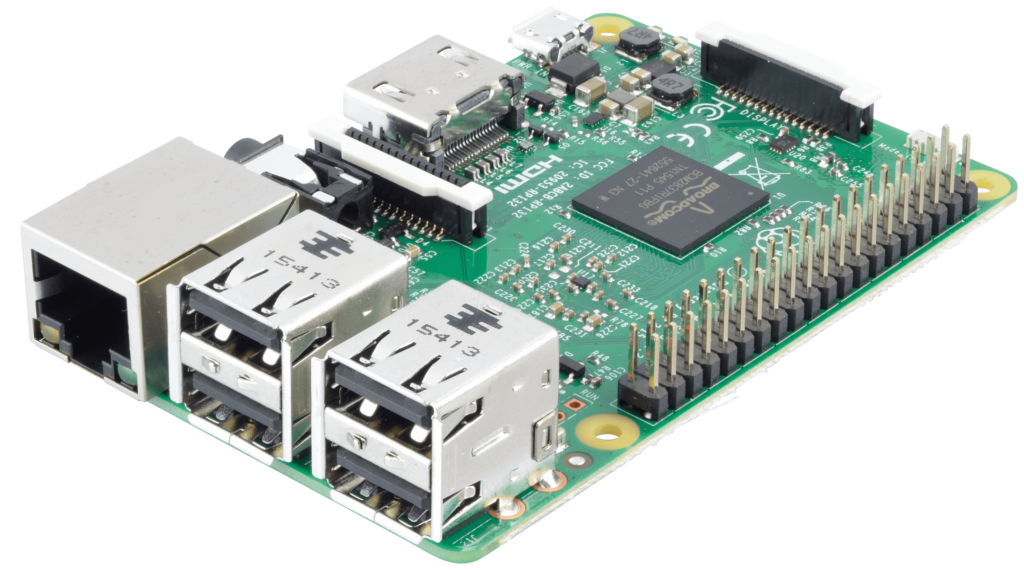

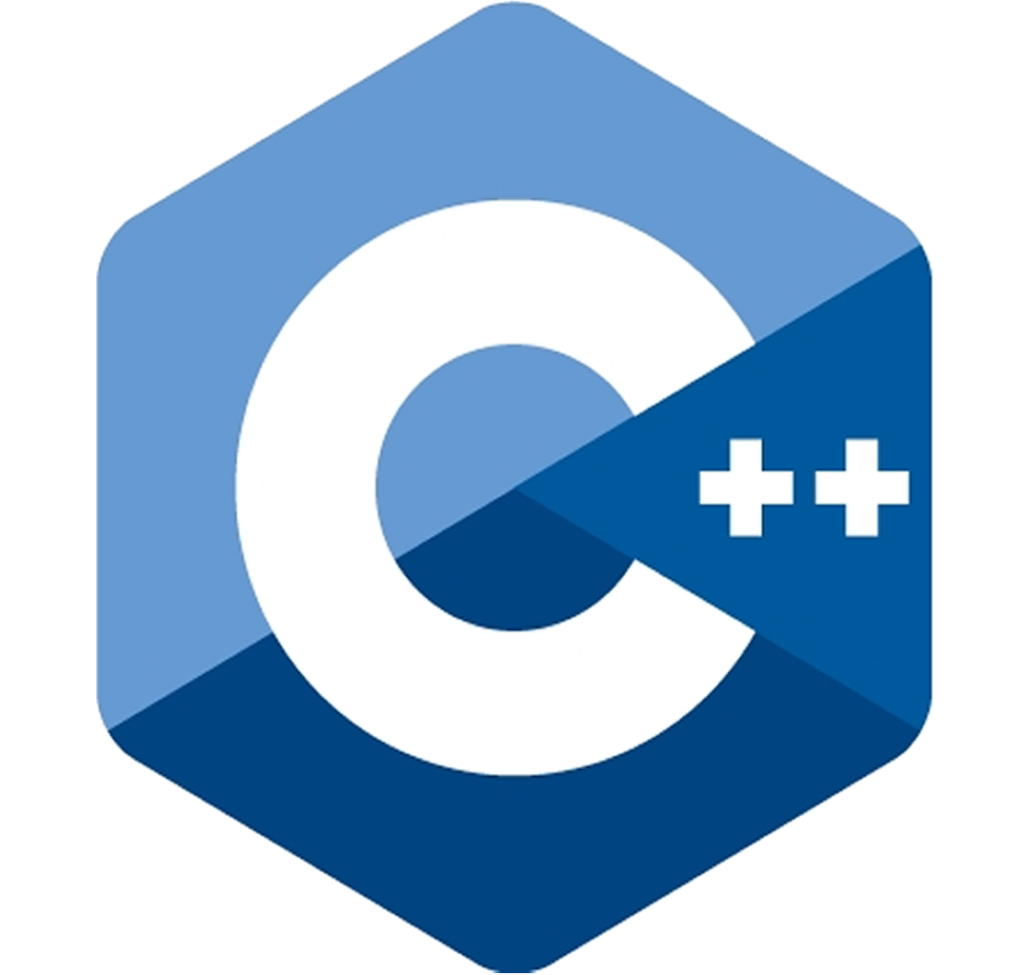
Embedded Programming: A Comprehensive Overview
Embedded programming refers to the process of writing software that runs on embedded systems. These systems are specialized computing devices designed to perform dedicated functions, often with real-time computing constraints. Unlike general-purpose computers, embedded systems have specific hardware and software requirements, and they are typically found in applications like automotive controls, medical devices, industrial machinery, consumer electronics, and more.
Embedded programming involves creating software that interacts closely with hardware to control devices, collect data, process signals, or manage communications. It often requires efficient use of system resources like memory, processing power, and I/O.
1-Embedded Programming Languages
Embedded systems programming often involves low-level or hardware-oriented languages, although higher-level languages are used in some cases. Here are the most common languages for embedded systems:
1. C
- C is the most widely used language in embedded systems because it offers a balance between control over hardware and high-level abstraction. It allows direct memory access and manipulation, making it suitable for resource-constrained environments.
- Advantages of C:
- Efficient and fast.
- Provides low-level memory management capabilities.
- Supported by most microcontroller families.
- Extensive libraries and toolchains.
- Common Platforms: AVR, PIC, ARM Cortex.
2. C++
- C++ is used in embedded systems when more complex software structures (like object-oriented programming) are needed. It provides features like classes, inheritance, and polymorphism, which can help in structuring larger and more maintainable codebases.
- Advantages of C++:
- Object-oriented programming features.
- Can handle more complex systems and hardware.
- Compatible with C-based toolchains and libraries.
- Common Platforms: STM32, Raspberry Pi, Arduino (C++ variant),Esp32.
2-Applications of Embedded Programming
Embedded programming is everywhere and plays a critical role in the development of modern technology. Here are some examples:
- Consumer Electronics: Smart TVs, microwave ovens, digital cameras, fitness trackers.
- Automotive: Engine control units (ECUs), GPS systems, infotainment systems, autonomous driving systems.
- Healthcare: Heart rate monitors, insulin pumps, pacemakers, diagnostic devices.
- Industrial Automation: Robotics, control systems, PLCs (Programmable Logic Controllers), sensor networks.
- Internet of Things (IoT): Smart homes, connected devices, environmental monitoring, wearable tech.
Conclusion
Embedded programming is a specialized and challenging field that combines software engineering with a deep understanding of hardware. The constraints of embedded systems—such as limited resources, real


